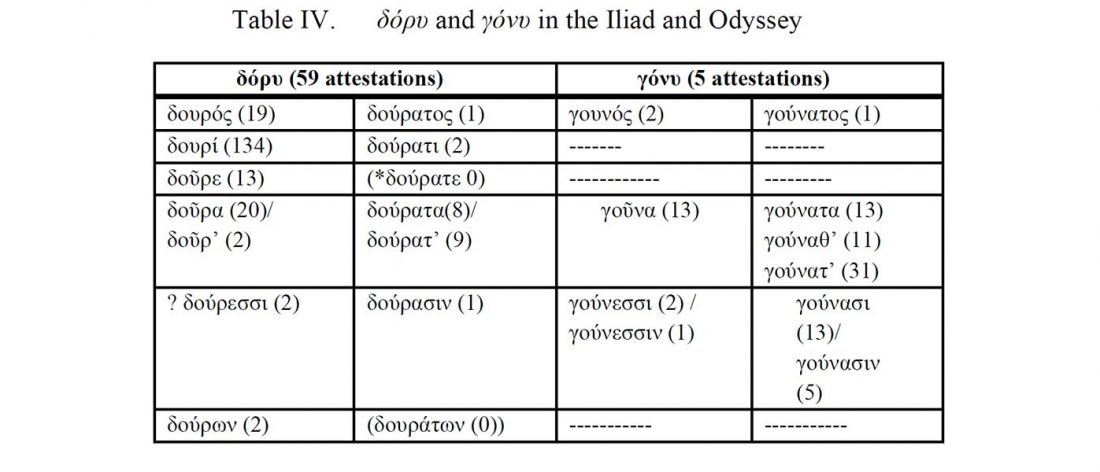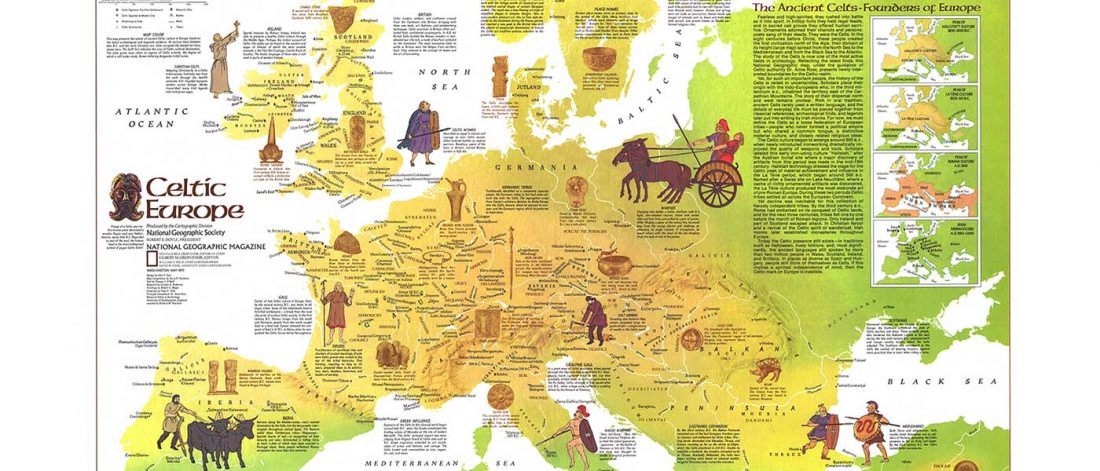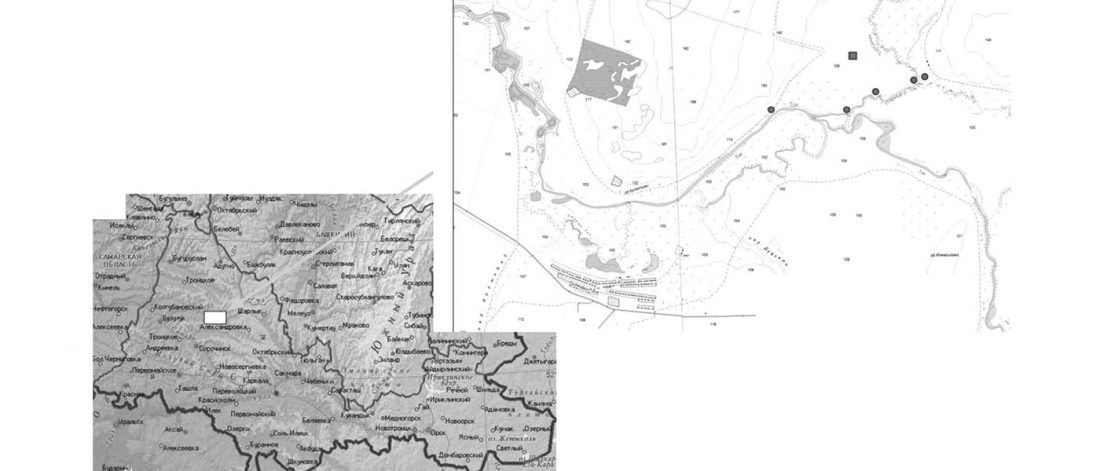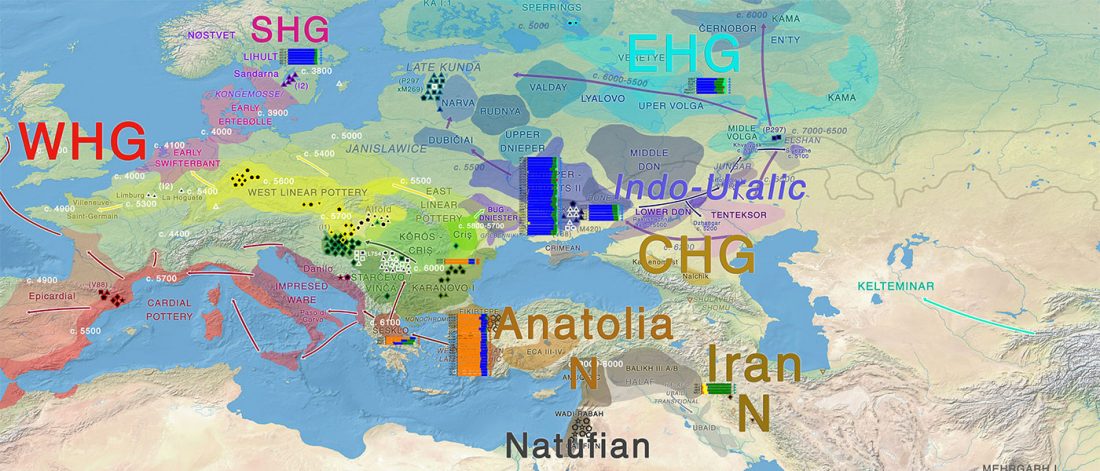Enigmatic *-nt-Stems : an investigation of the secondary -t- of the Greek neuter nouns in *-men- and *-r/n-
Interesting Master thesis Enigmatic *-nt-Stems: an investigation of the secondary -t- of the Greek neuter nouns in *-men- and *-r/n-, by Stephanie Stringer, Université de Montréal (2018).
Abstract:
… Read the rest “Enigmatic *-nt-Stems : an investigation of the secondary -t- of the Greek neuter nouns in *-men- and *-r/n-”This paper aims to provide an explanation of the secondary -t- found in the oblique stem of ancient Greek neuters such as πρᾶγμα, πράγματος and ἧπαρ, ἥπατος. After a brief overview of the Greek data, and a survey of the relevant nominal classes in Greek and Indo- European, previous hypotheses are evaluated. To this end, several problems of nominal morphology are discussed, including the existence of a PIE suffix *-m(e)ntom, the







